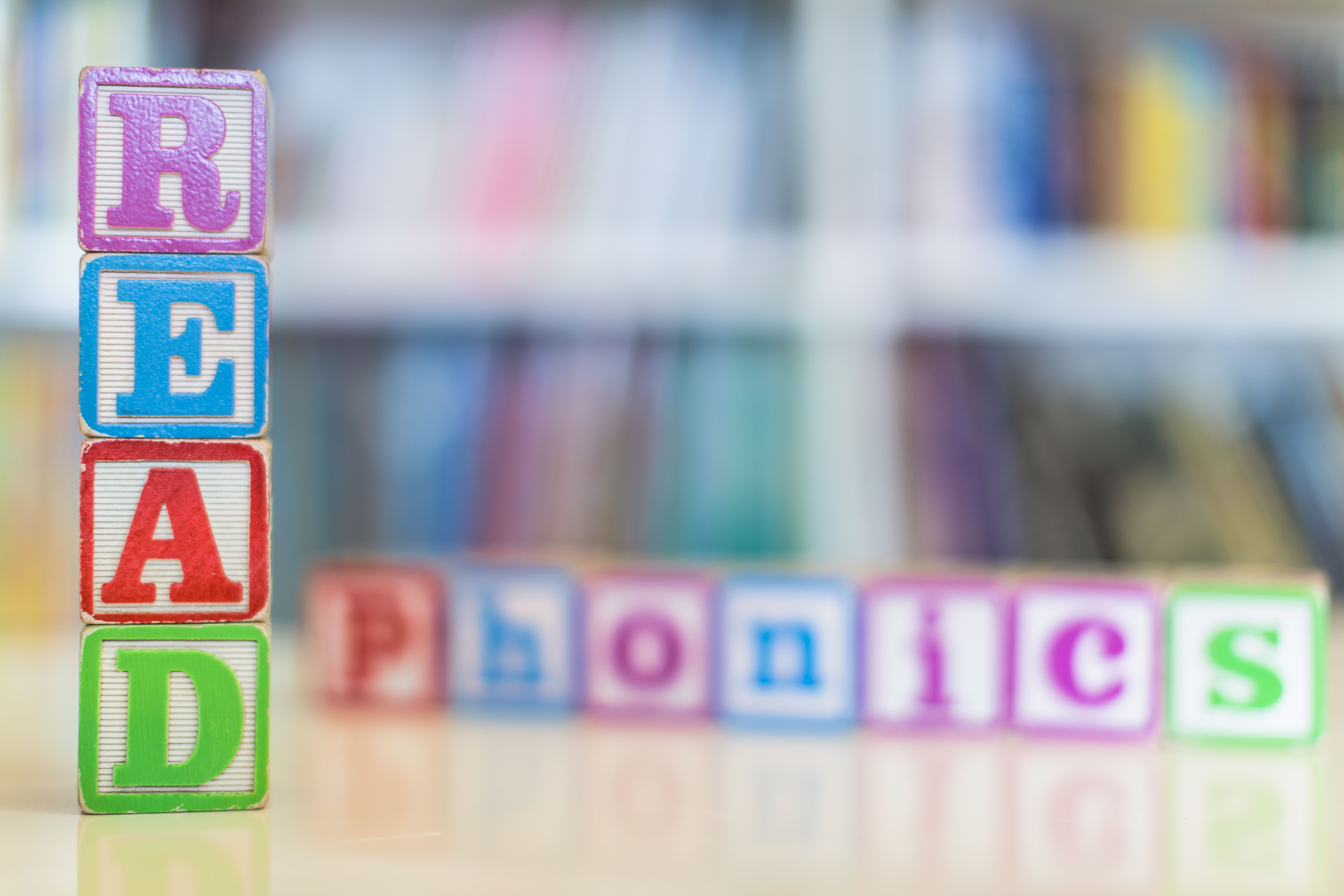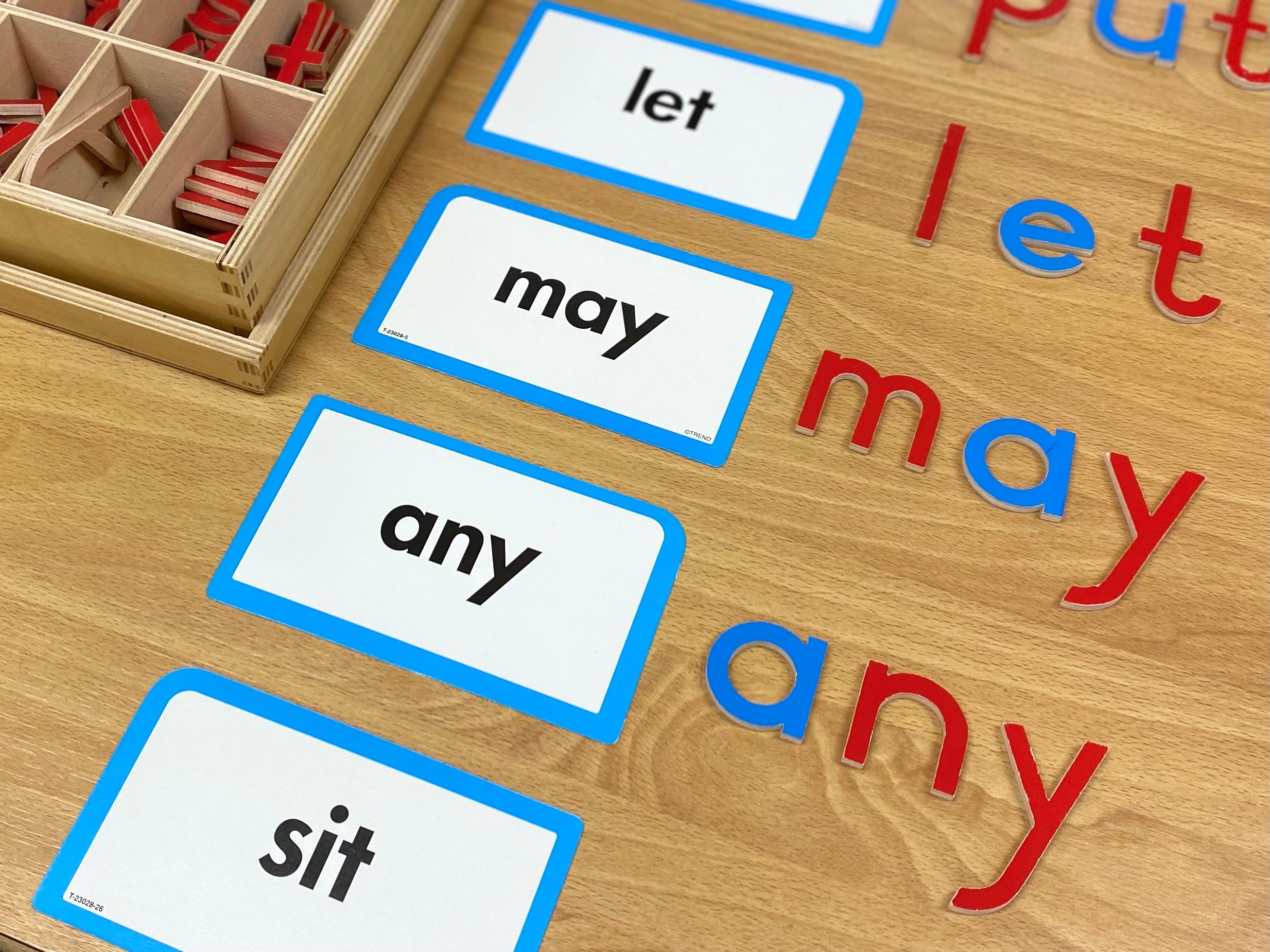Understanding Vowel and Consonant Phonics Patterns
JT
Introduction to Phonics Patterns
Understanding vowel and consonant phonics patterns is essential for developing strong reading and spelling skills. These patterns serve as the building blocks of language, guiding learners in recognizing the sounds and symbols that make up words. Through mastering these phonics patterns, students gain the ability to decode words more effectively, leading to improved fluency and comprehension.
Phonics patterns are categorized into two main types: vowel patterns and consonant patterns. Each type plays a critical role in how words are pronounced and understood. Grasping these patterns can significantly enhance a child's literacy journey and foster a lifelong love for reading.

Exploring Vowel Phonics Patterns
Vowel patterns are central to phonics instruction, as they determine how vowels are pronounced in different contexts. These patterns can be complex, as vowels can produce multiple sounds. Some of the most common vowel phonics patterns include:
- Short Vowels: Sounds like /a/ in "cat" or /e/ in "bed" are examples of short vowels. These typically occur in closed syllables.
- Long Vowels: Long vowels sound like their letter names, such as /aɪ/ in "time" or /oʊ/ in "hope." They often appear in open syllables or with silent 'e' endings.
- Vowel Digraphs: These are pairs of vowels that create one sound, such as "ea" in "read" or "oa" in "boat."
Recognizing these vowel patterns helps readers predict how words are pronounced, aiding in both reading and spelling accuracy.
Understanding Consonant Phonics Patterns
Consonant phonics patterns are equally important, as they affect how words begin and end. These patterns include:
- Consonant Blends: Two or more consonants blended together, like "bl" in "blue" or "str" in "street," where each consonant retains its sound.
- Consonant Digraphs: Two consonants that make a single sound, such as "sh" in "ship" or "ch" in "chop."
- Silent Consonants: Consonants that are not pronounced, like the 'k' in "knock" or the 'w' in "wrist."
Mastering these consonant patterns enables learners to tackle challenging words with greater confidence and ease.

The Role of Phonics in Reading Development
Phonics instruction is crucial for effective reading development. By understanding the relationship between letters and sounds, students can decode new words independently. This skill is foundational for reading fluency, as it allows learners to read more quickly and with greater comprehension.
Moreover, phonics patterns help students develop spelling proficiency. Recognizing common vowel and consonant combinations enables them to spell words accurately and efficiently. This not only supports writing skills but also reinforces reading abilities.
Practical Strategies for Teaching Phonics Patterns
There are several effective strategies for teaching phonics patterns to young learners:
- Interactive Games: Engaging activities, such as matching games or flashcards, can make learning phonics fun and memorable.
- Songs and Rhymes: Musical elements help reinforce phonics patterns, making them easier to remember.
- Reading Practice: Encouraging regular reading of books with varied phonics patterns helps solidify understanding.
Utilizing these strategies can make phonics instruction more enjoyable and impactful for students.

Conclusion: The Importance of Phonics Mastery
Mastering vowel and consonant phonics patterns is a vital step in the journey toward proficient literacy. By building a strong foundation in these fundamental concepts, learners are empowered to read and write with confidence. As they progress, the skills they develop through understanding phonics will open doors to a world of knowledge and imagination.
Educators and parents play a pivotal role in fostering this understanding, using engaging methods to spark curiosity and encourage exploration. With the right support and resources, students can achieve phonics proficiency and enjoy the lifelong benefits of literacy.
